
The Narwhal’s in-depth environmental reporting earns 11 national award nominations
From disappearing ice roads to reappearing buffalo, our stories explained the wonder and challenges of...
Get the inside scoop on The Narwhal’s environment and climate reporting by signing up for our free newsletter.
Photojournalists provide us an essential glimpse into lives outside of our own.
In a time of generative AI and a deluge of images of anything we can imagine, photojournalists ground us firmly in reality. They are by nature always out in communities — there is no work-from-home option for a photojournalism assignment — and documenting real peoples’ lived experiences.
Here, B.C. bureau lead Sarah Cox and senior editor Michelle Cyca tell us a little bit about their favourite photos from The Narwhal’s 2024 reporting in British Columbia. Their choices span the province and beyond — and highlight some of our best on-the-ground work of the year.
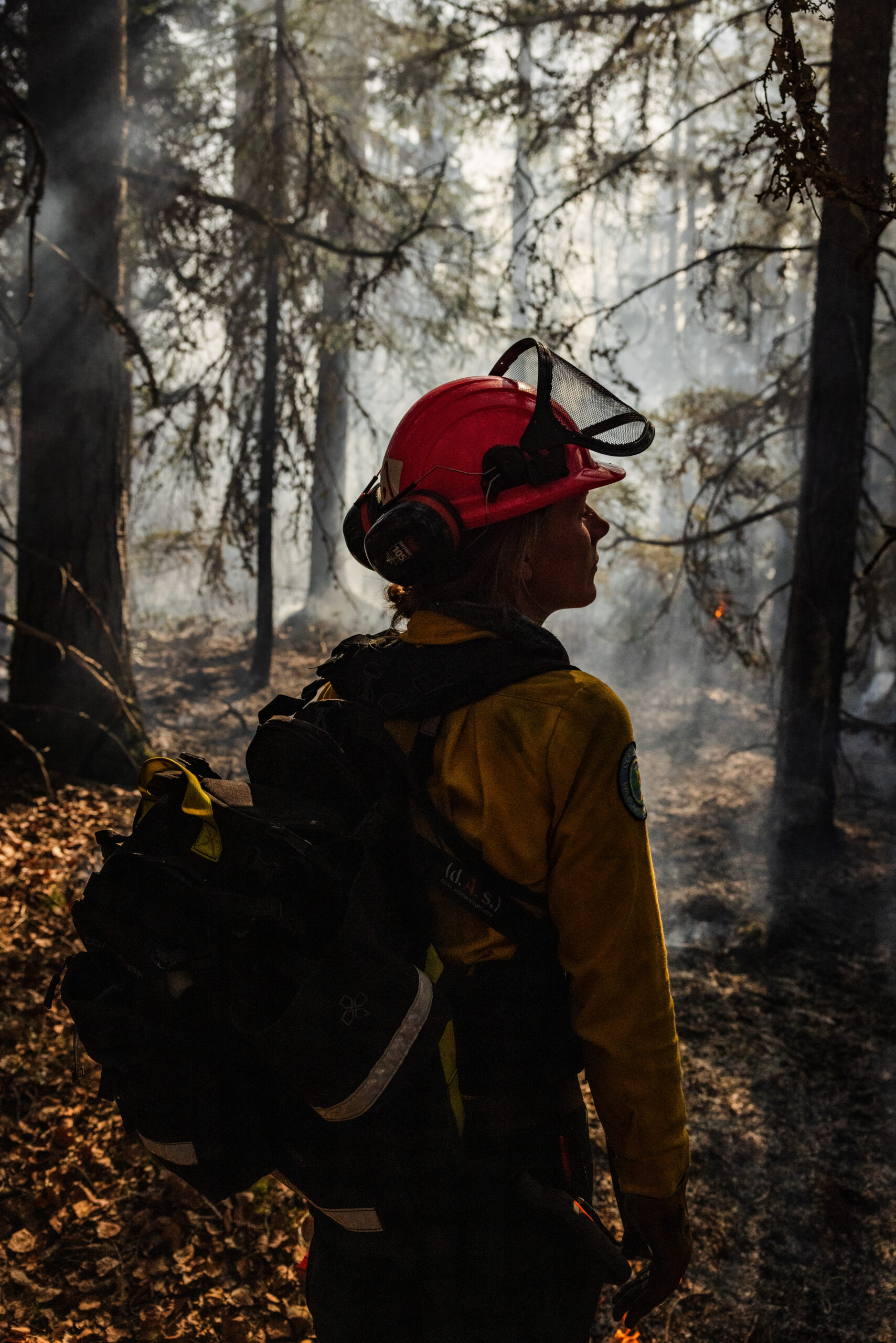

Northwest B.C. reporter Matt Simmons is keenly interested in stories that point to solutions to seemingly intractable issues, including the increasingly frequent and intense wildfires sparked by climate change. This spring, Matt headed out into Gitanyow territory with photographer Marty Clemens to witness a cultural burn.
As Matt tells us in a poignant feature about using fire to heal the land, bringing back ancient Indigenous fire practices helps restore cultural connections, strengthen communities and mitigate the wildfires that are darkening the skies of our collective summers.

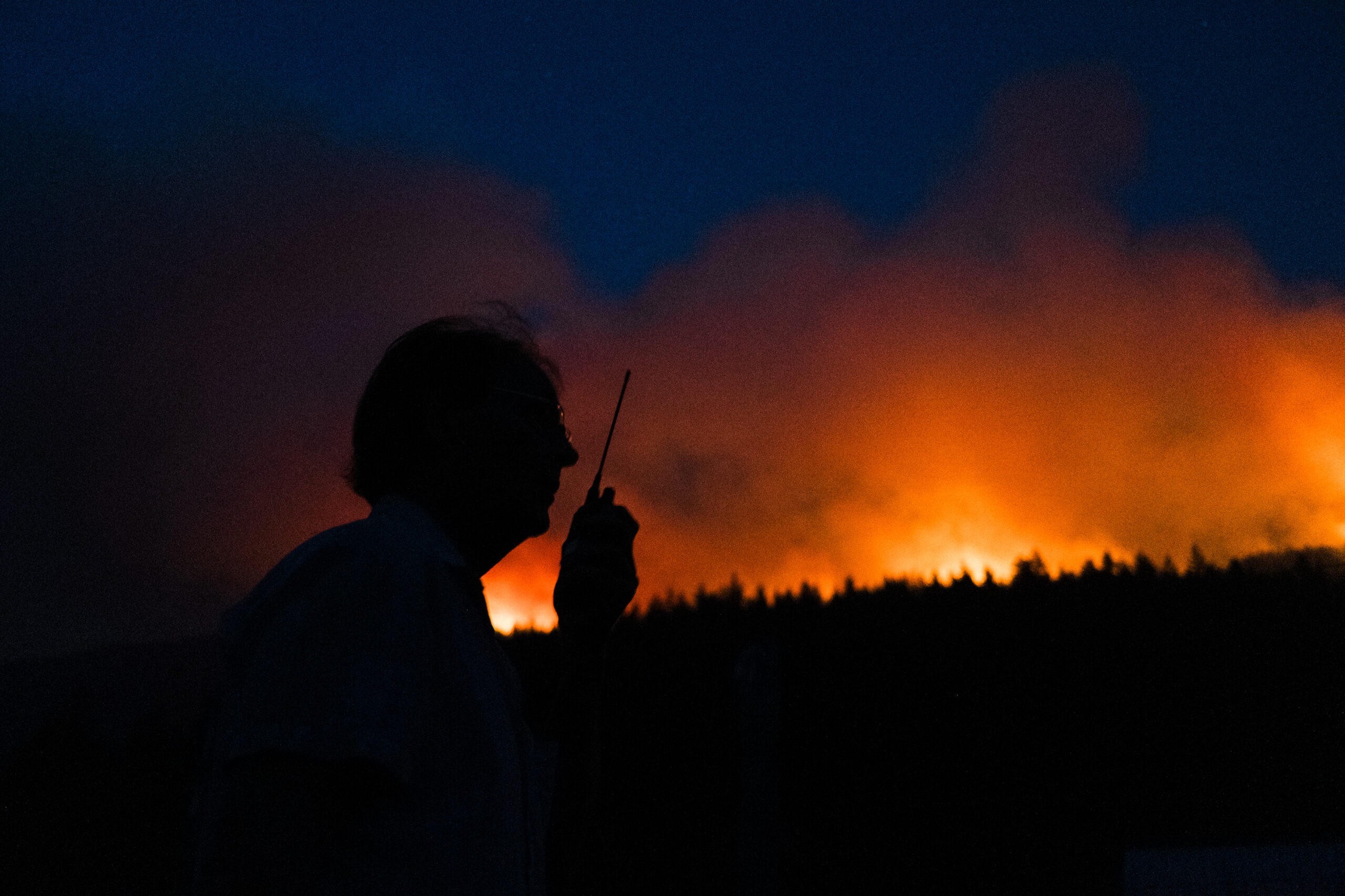
We were in the thick of another unnerving wildfire season in B.C. when audience engagement editor Karan Saxena spotted a post on Instagram. “On Wednesday night, a massive lightning storm rolled across the West Kootenays, lighting up the darkness and setting dry hillsides ablaze,” photographer Louis Bockner wrote in July.

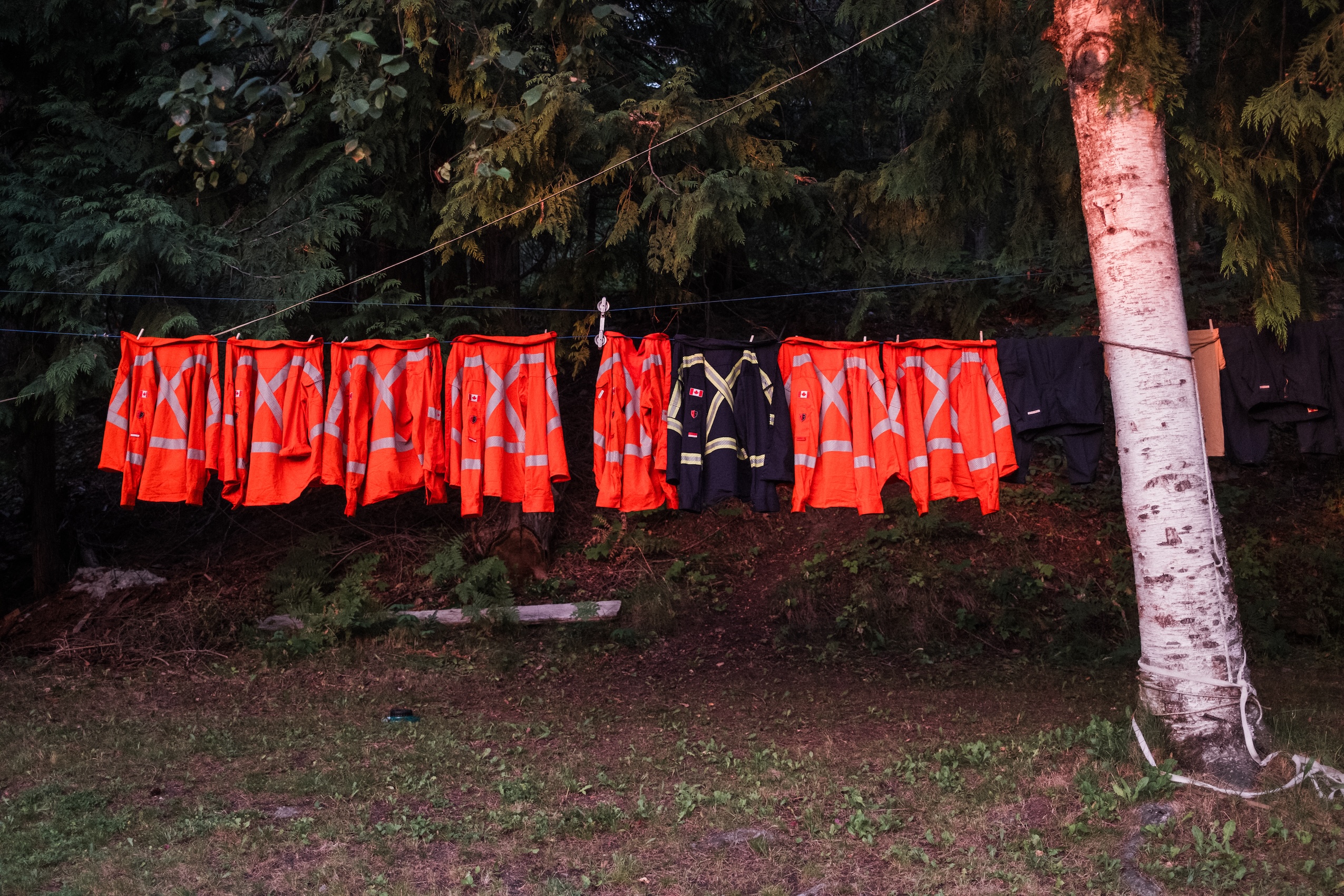
Louis, who lives in the small community of Argenta, B.C., had awoken to find several fires burning on the mountain directly above his community. “It’s something many of us have been waiting for, knowing it as an inevitable reality of living so intimately with the forests we love so dearly,” Louis said. “It’s also something that we have prepared for.”

We reached out to Louis, a volunteer firefighter, and asked if he would write a photo essay. Argenta was evacuated as the fire moved closer, threatening the homes of Louis and his neighbours. In between long and fraught shifts fighting the fire and snatching a few hours of sleep here and there, Louis managed to capture the angst and grief of living with wildfire and the moment-by-moment scene unfolding in Argenta as residents worked tirelessly with the BC Wildfire Service to protect their community. Louis’s photographs, shot amid eerie red skies and menacing smoke, are a testament to the power of collective action as we grapple with the disquieting impacts of climate change.

Glimpsed less often on our site than caribou or salmon, buffalo are both ecologically and culturally irreplaceable to the Indigenous nations of the plains. After being driven to the brink of extinction in an effort to starve and relocate Indigenous communities, buffalo herds (paskwâwi-mostoswak in Cree) are finally returning to the grasslands and healing the landscape through their vital presence, as documented in this beautiful and deeply personal story by Métis photojournalist Kayla MacInnis.

Kayla travelled through British Columbia, Alberta, Saskatchewan and Montana to report this story; on her travels, she learned that many of these prairie highways are palimpsests of the original trails tamped down by migrating buffalo.
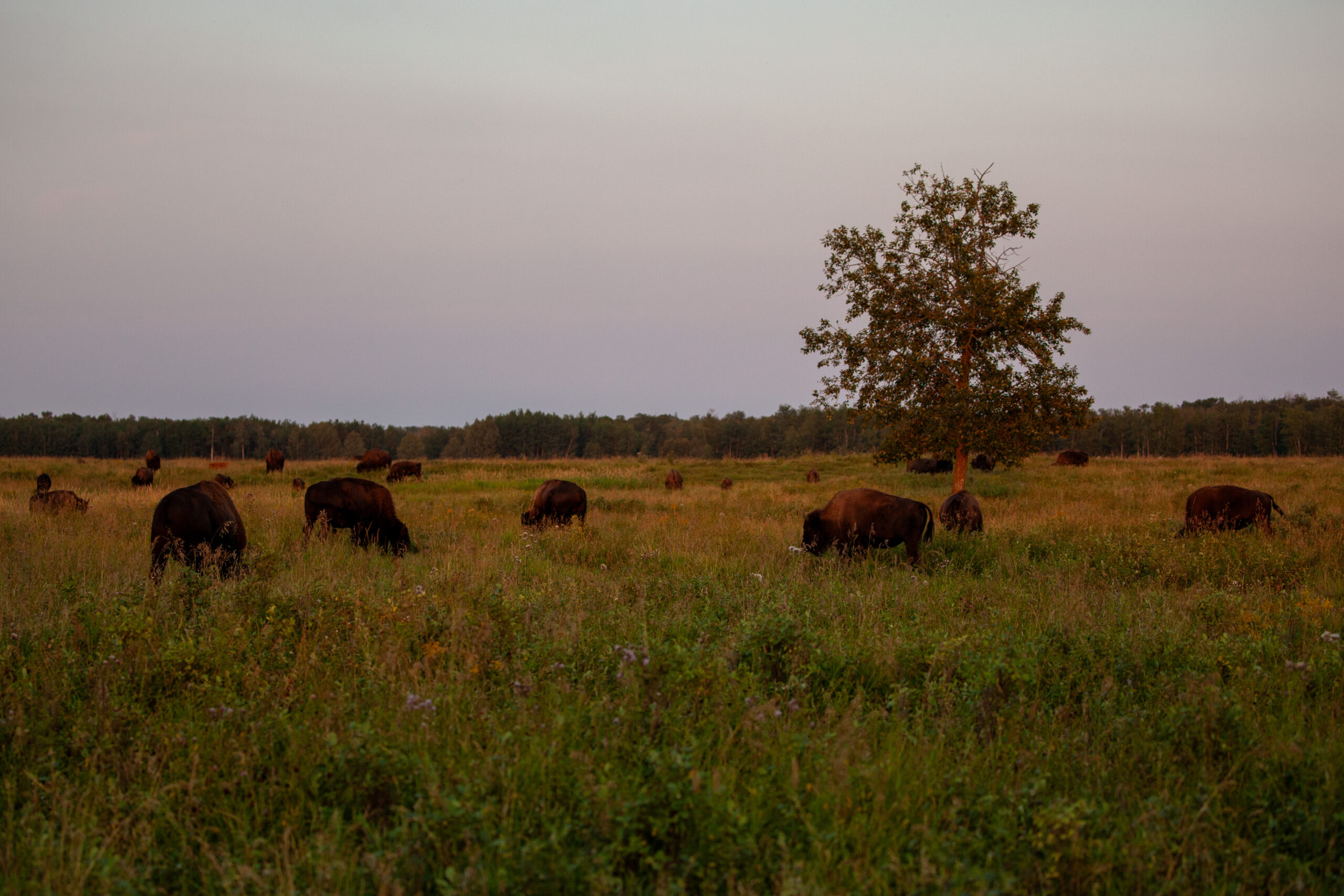
The summer air was choked with wildfire smoke, which required Kayla to adjust her plans on the fly, and she called midway through the trip, worried about the quality of the photos she was getting. In the end, the wildfire haze made many of her images even more hauntingly beautiful — a reminder of how fragile and imperilled our natural world is, and how vital the task of caring for our homelands.
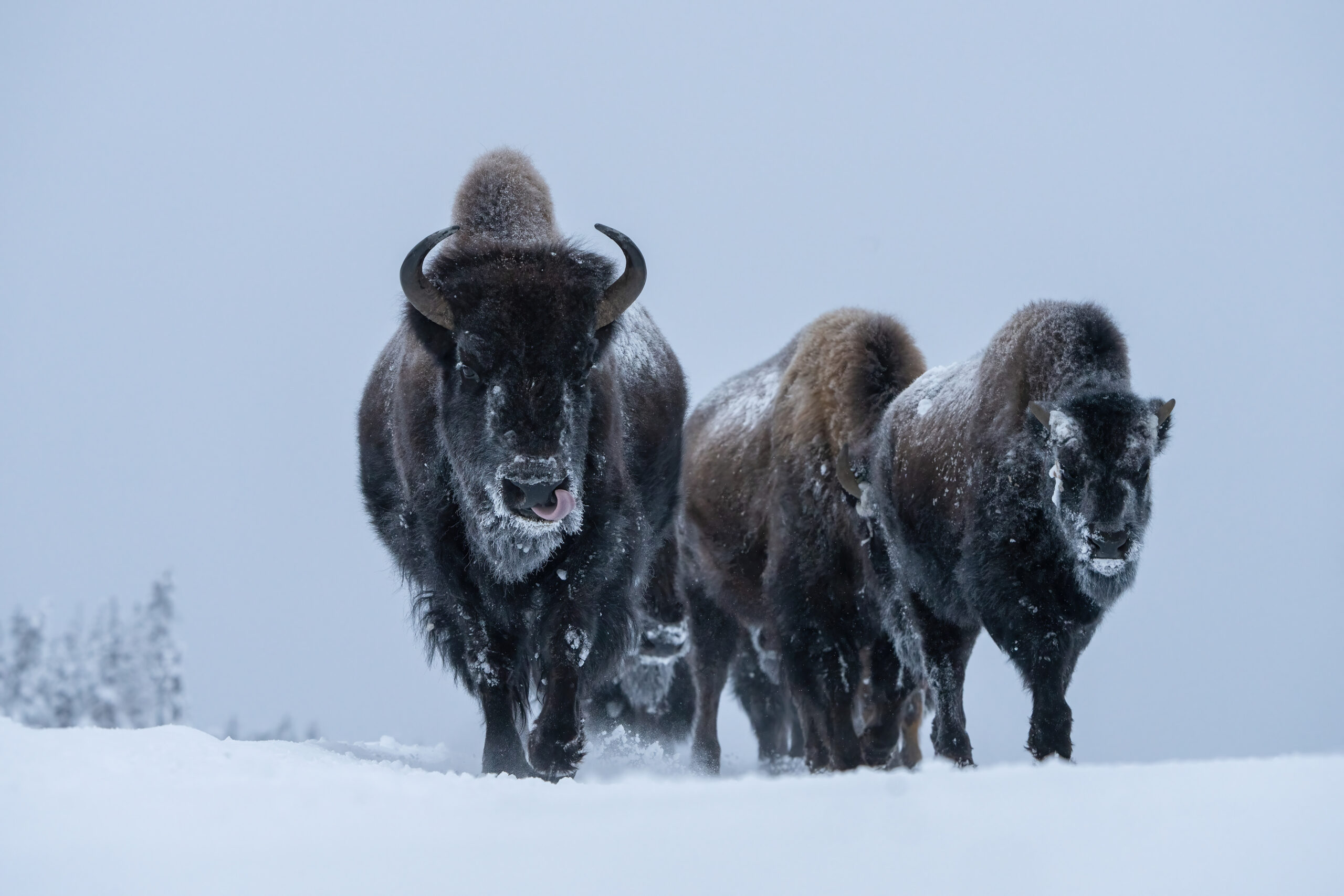
Thousands of animals are struck and injured, or killed, by vehicles in B.C. One wood bison herd made a northern B.C. highway its home — leaving biologists and local residents searching for solutions.
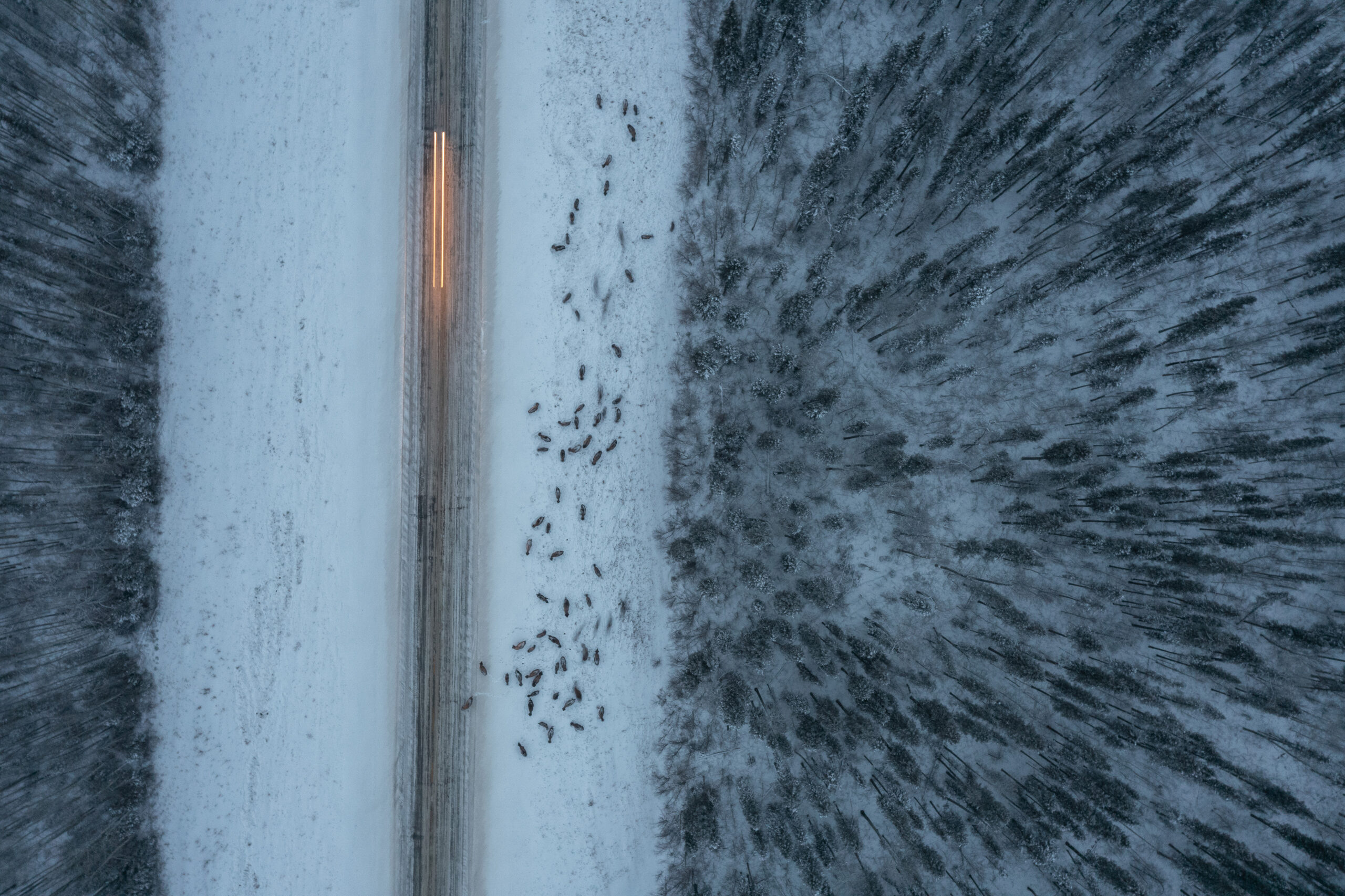
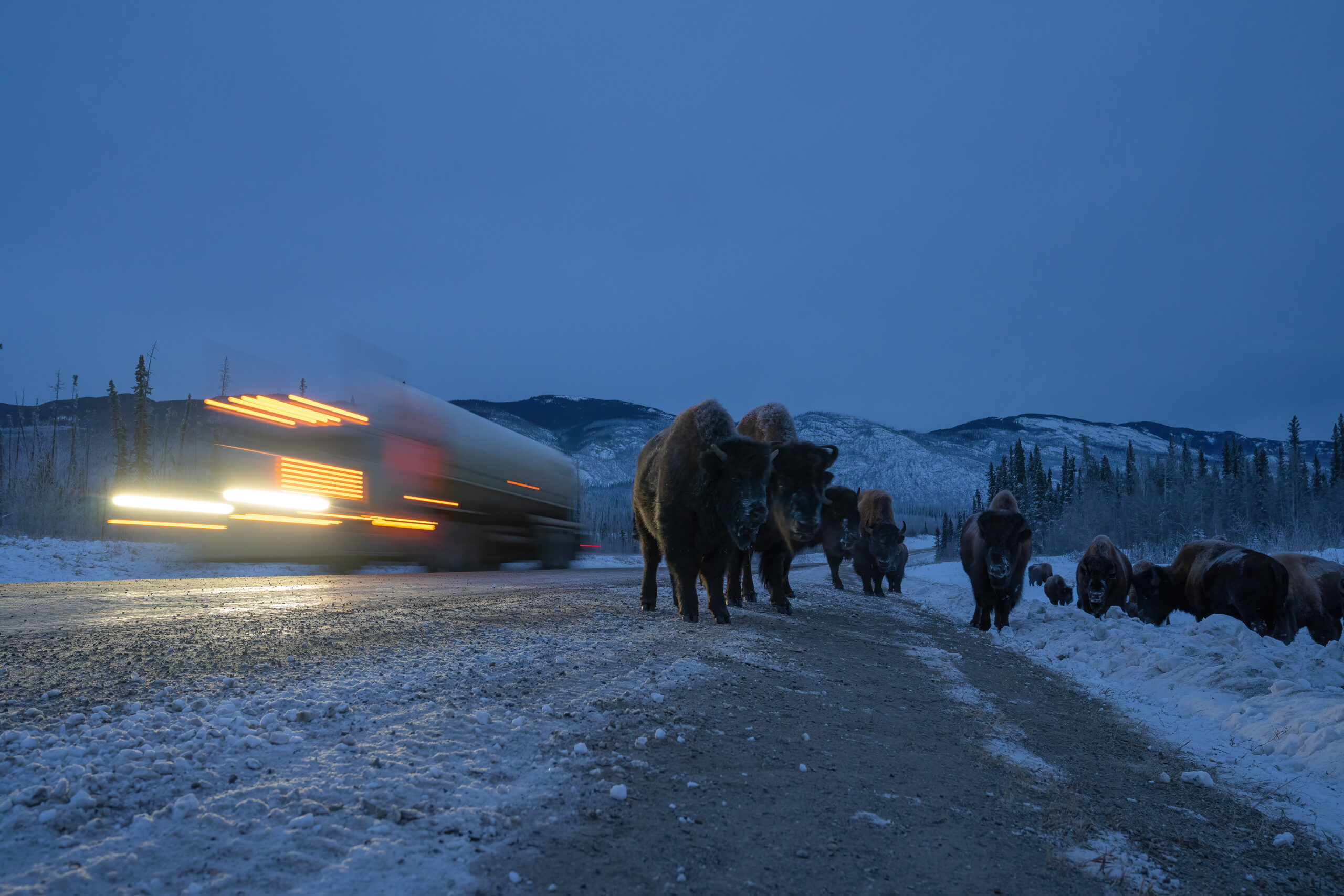
In March, The Narwhal’s B.C. biodiversity reporter, Ainslie Cruickshank, teamed up with photographer Geoffrey Reynaud to bring us the story of the Nordquist bison herd, which lick road salt at their peril, and how Dane Nan Yḗ Dāh Kaska Land Guardians are working with government scientists to better protect this iconic and threatened species.
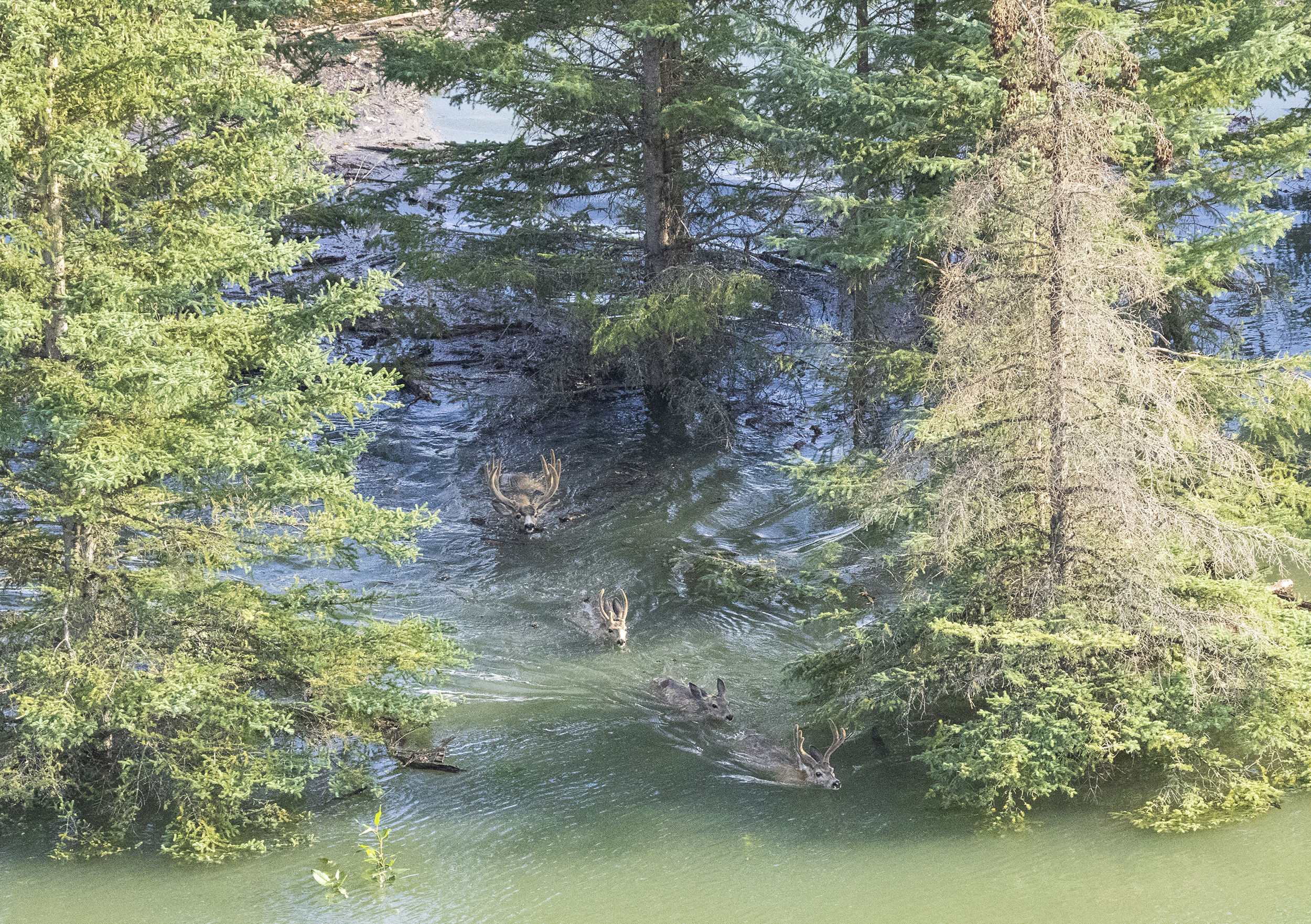
In late August, Peace River Valley farmers Ken and Arlene Boon watched the waters rise as BC Hydro began to flood the valley and their family’s expropriated lands for the Site C dam project.
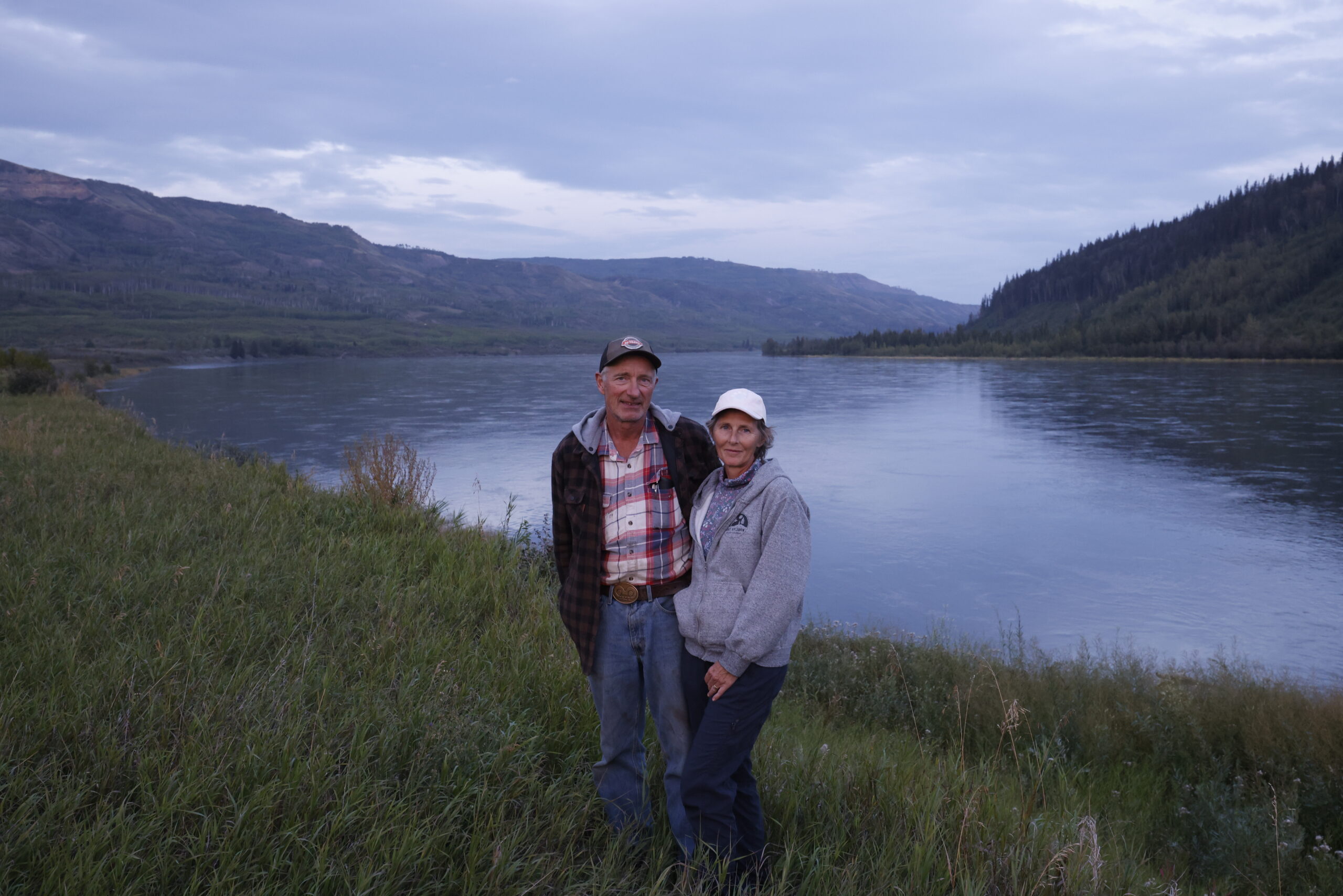
Local photographer Don Hoffmann travelled up and down the valley in northeast B.C., becoming one of the few people to capture the last images of the biodiverse and culturally rich area on Treaty 8 territory before it was inundated for the publicly funded $16-billion hydro project.
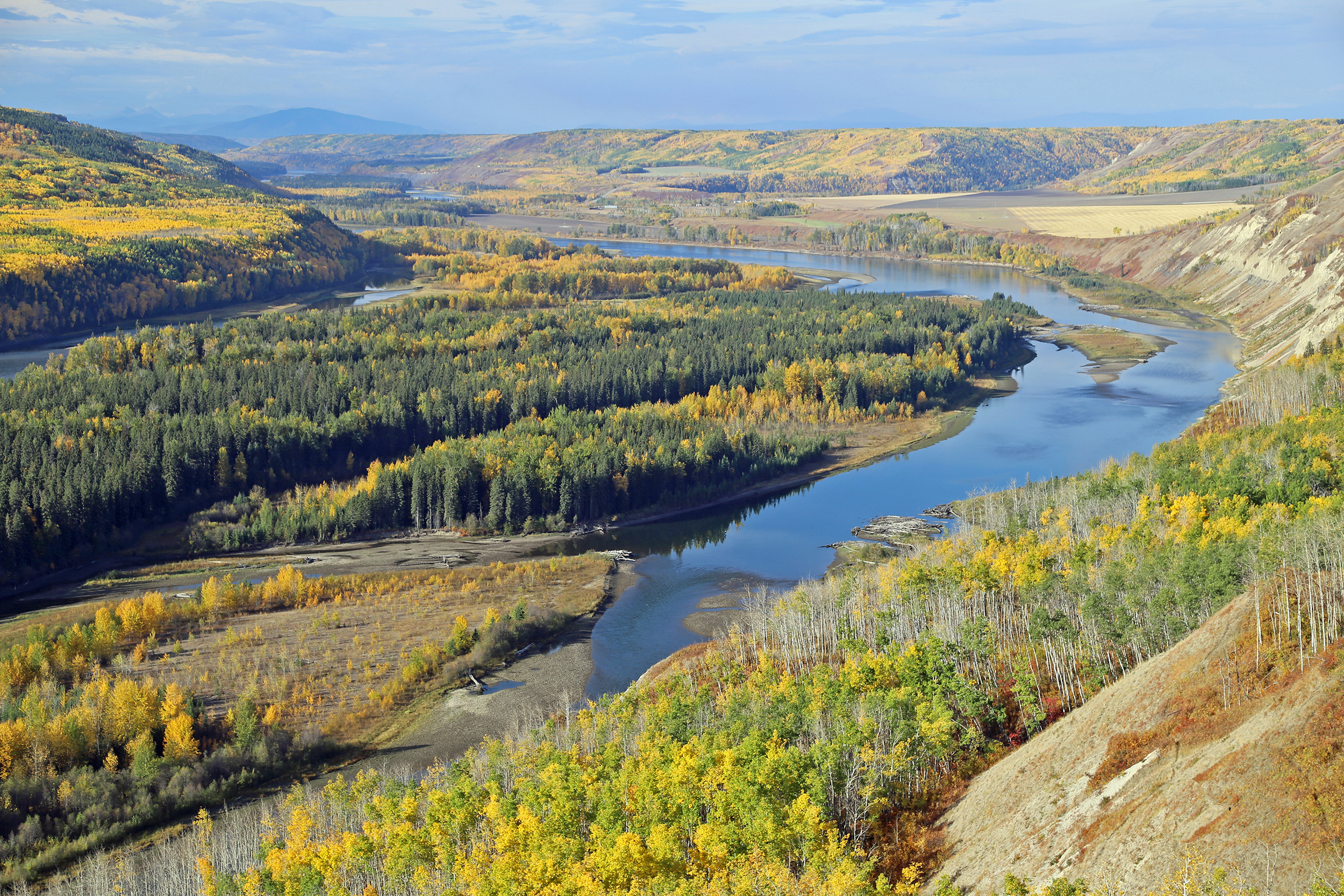
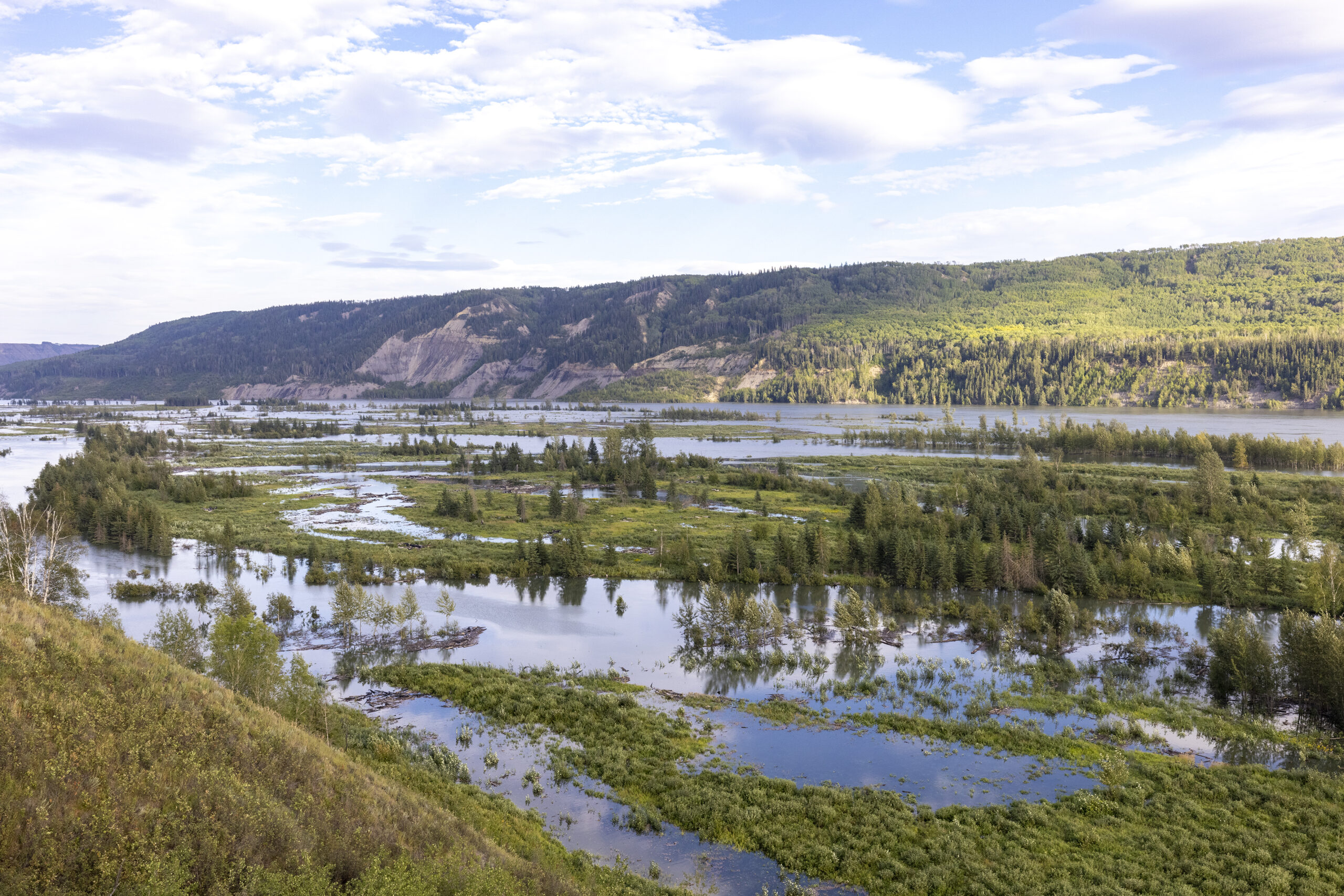
Don’s recent shots of the valley stand in sharp contrast to photos he took before the project got underway more than nine years ago, a sobering reminder that all “clean” energy projects come at a cost — some far higher than others.

In November, W̱SÁNEĆ hereditary chiefs held a press conference in Sidney, B.C., to call for a moratorium on herring fisheries in the Strait of Georgia, and we were lucky Taylor Roades was able to capture it.
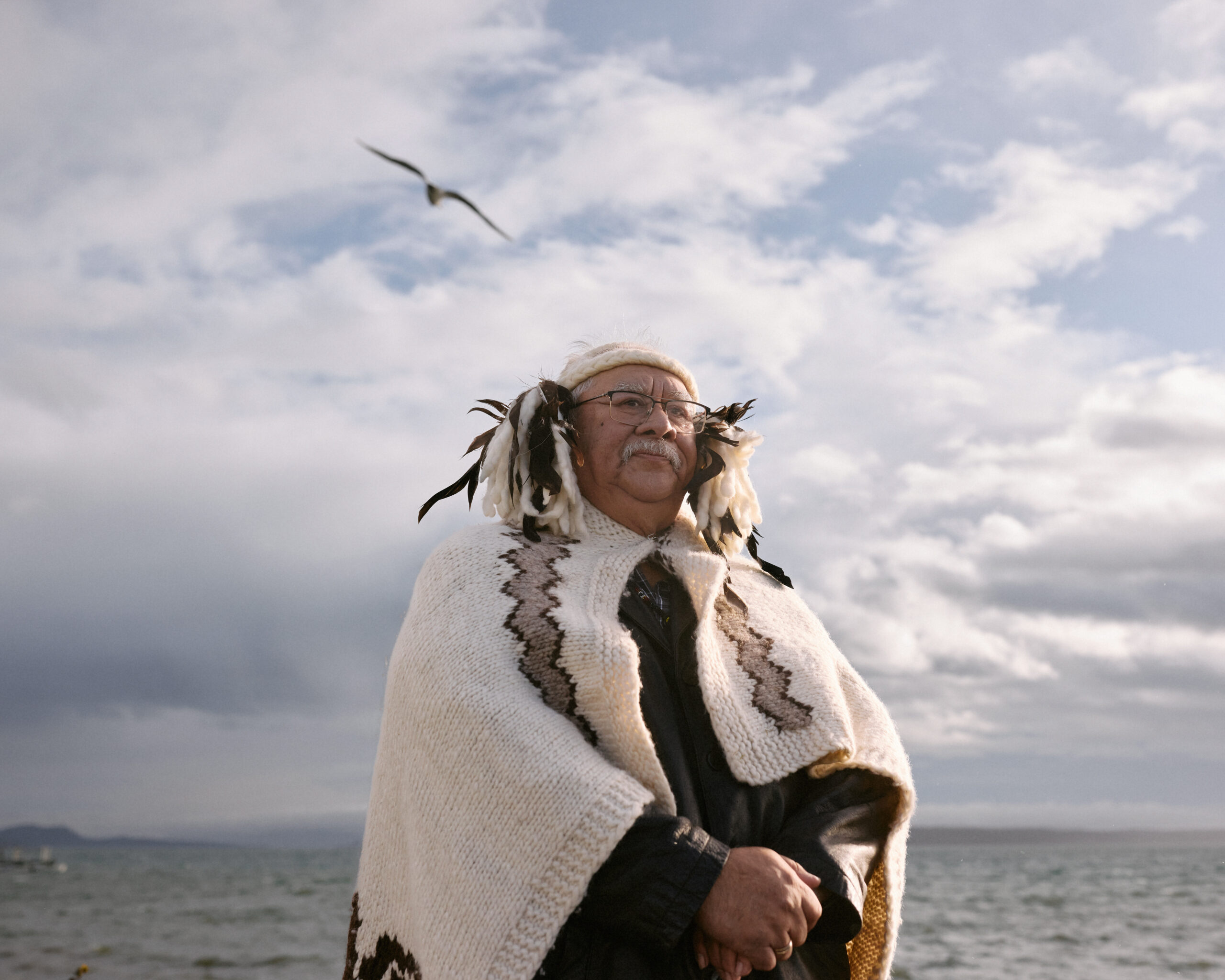
In full regalia, the hereditary chiefs asserted their Treaty Rights and called for the urgent protection of the “last gasp” of herring in their territory, which is the backdrop for Taylor’s powerful, moving portraits.
